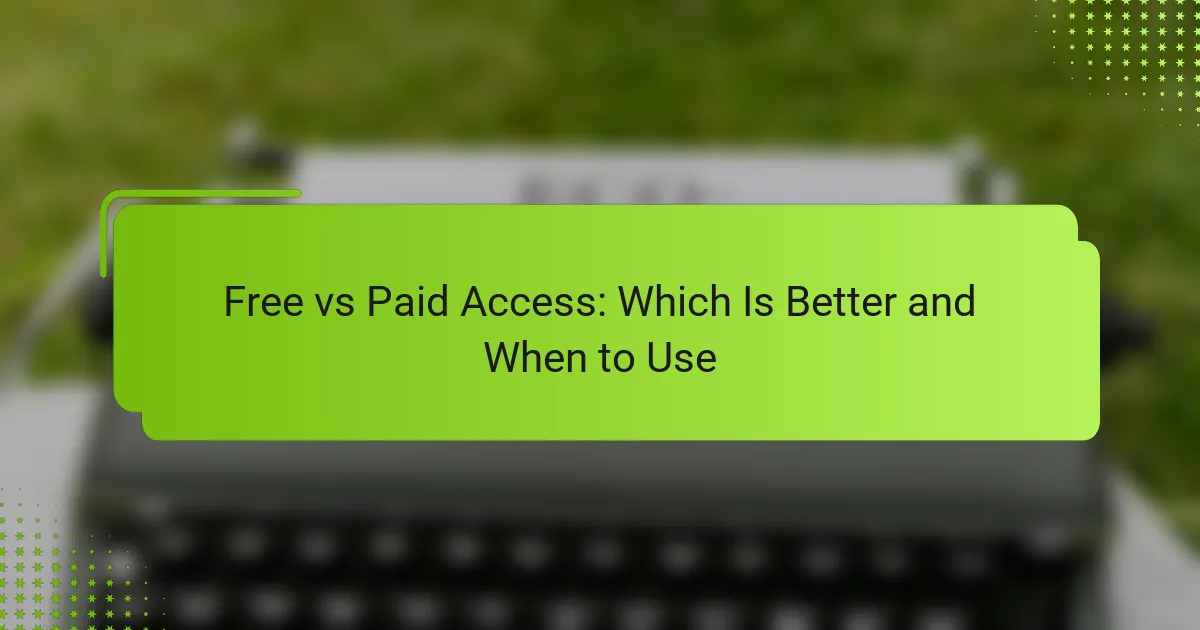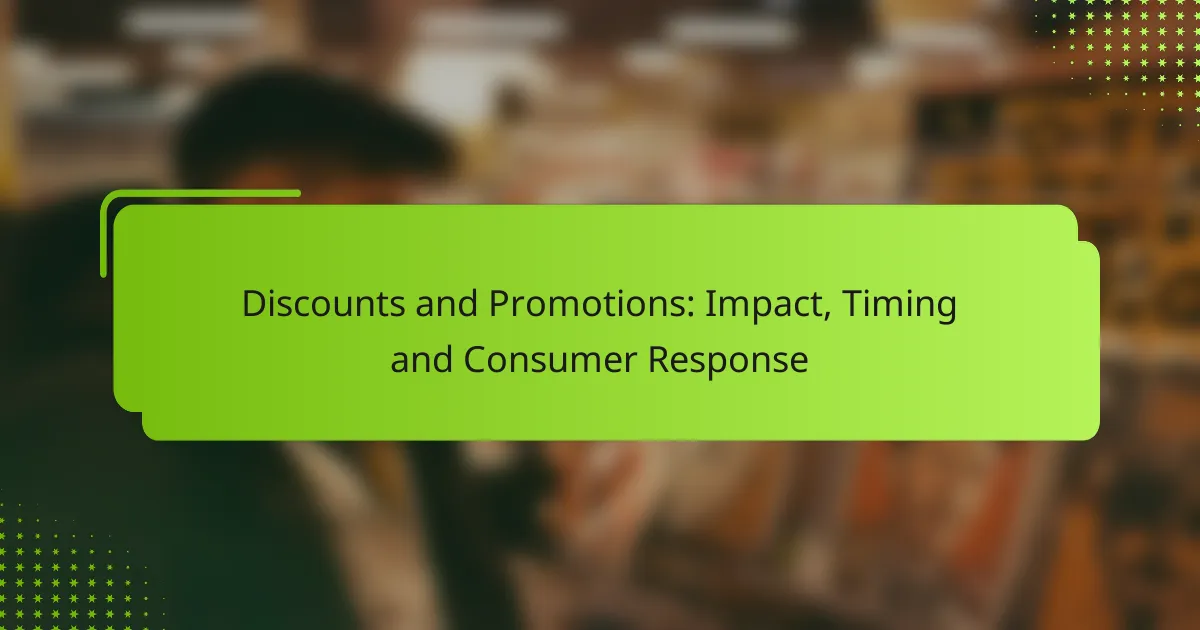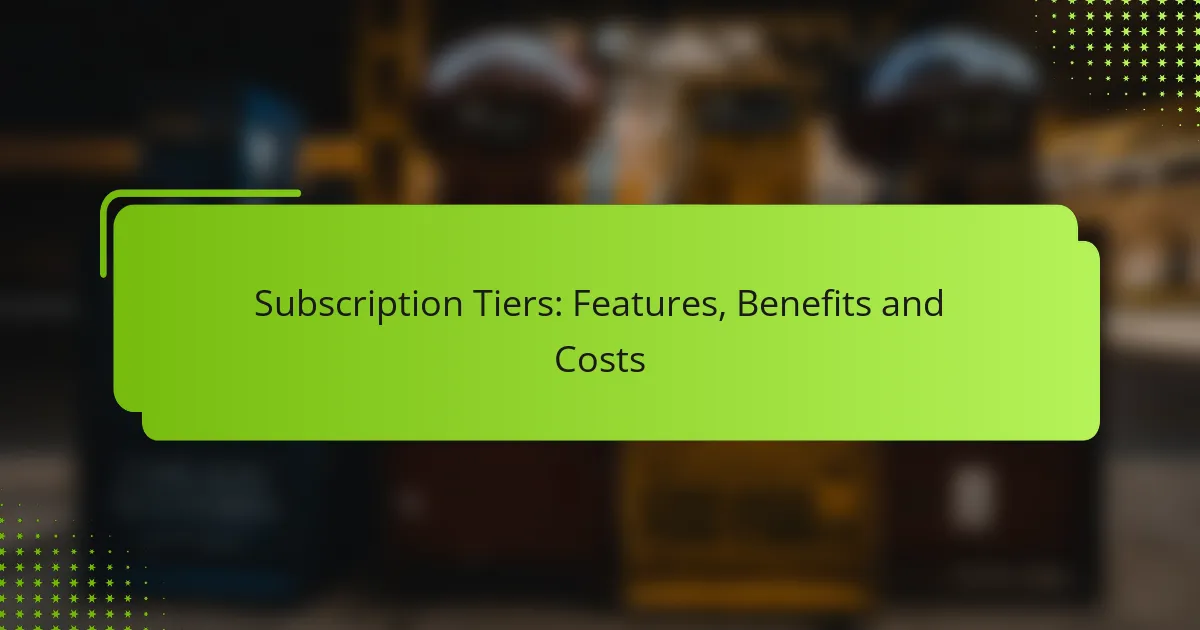When deciding between free and paid access, it’s essential to weigh the benefits of each option. Free access allows users to explore services without financial commitment, making it perfect for those on a budget or seeking to evaluate offerings. In contrast, paid access provides enhanced features and an improved user experience, which can be invaluable for those who require more from their services.

What are the benefits of free access?
Free access provides users with the opportunity to utilize services or products without any financial obligation. This can be particularly advantageous for those looking to explore options before making a commitment or for individuals with limited budgets.
No financial commitment
One of the primary benefits of free access is the absence of financial commitment. Users can try out services without worrying about subscription fees or hidden costs. This is especially appealing for students or individuals in financial constraints.
By eliminating costs, free access allows users to experiment with various tools and platforms, helping them make informed decisions about potential upgrades in the future.
Wide availability
Free access often means that services are widely available to a larger audience. Many platforms offer free versions to attract users, which can lead to a diverse user base. This accessibility can be crucial for individuals in developing regions where paid services may not be feasible.
Additionally, free access can foster a sense of community, as more users can share experiences and tips, enhancing the overall user experience.
Access to basic features
With free access, users typically gain entry to basic features that can fulfill their immediate needs. While these features may not include advanced tools or premium content, they often cover essential functionalities that are sufficient for casual users.
For instance, many software applications provide free versions that allow users to perform standard tasks, making them ideal for those who do not require extensive capabilities.
Community support
Free access often comes with robust community support, as users can connect with others who are utilizing the same services. This can lead to valuable exchanges of information, troubleshooting tips, and shared experiences.
Many platforms have forums or social media groups where users can ask questions and receive guidance from peers, creating a collaborative environment that enhances the overall experience of using free services.
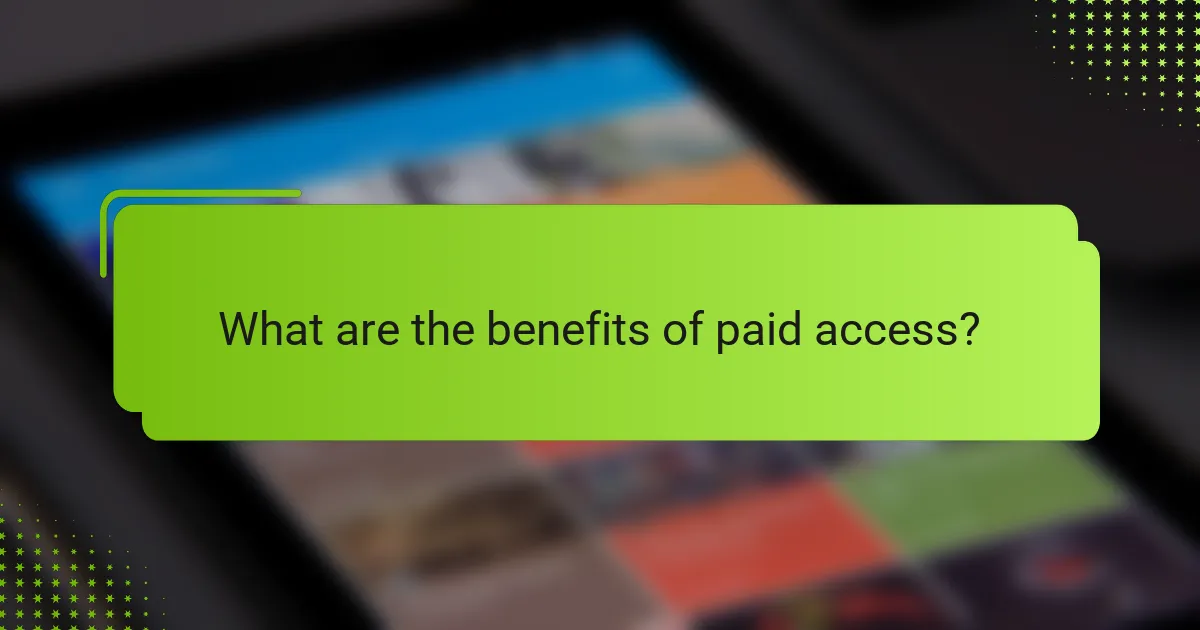
What are the benefits of paid access?
Paid access offers several advantages over free access, including enhanced features, an ad-free experience, priority customer support, and exclusive content. These benefits can significantly improve user satisfaction and overall experience, making paid options worthwhile for many users.
Enhanced features
Paid access typically includes advanced features that are not available in free versions. These may include additional tools, customization options, or enhanced functionality that can streamline tasks and improve productivity. For instance, software applications often provide premium users with access to advanced analytics or reporting tools that free users lack.
When considering whether to opt for paid access, evaluate how these enhanced features align with your needs. If you frequently use the service and require more robust capabilities, investing in a paid plan can be beneficial.
Ad-free experience
One of the most immediate benefits of paid access is the removal of advertisements. Free versions often rely on ads for revenue, which can disrupt the user experience. By choosing a paid option, you can enjoy uninterrupted usage, allowing for a more focused and enjoyable interaction with the service.
This ad-free experience can be particularly valuable for users who engage with content frequently, such as streaming services or news platforms. The absence of ads can enhance engagement and satisfaction, making the service feel more premium.
Priority customer support
Paid access often includes priority customer support, which means quicker response times and dedicated assistance. This can be crucial for users who encounter issues or need help navigating the service. With priority support, you can resolve problems more efficiently, minimizing downtime.
When selecting a paid plan, consider the level of support offered. Some services provide 24/7 support for premium users, while others may have limited hours. Assess your needs to ensure you choose a plan that meets your expectations for assistance.
Exclusive content
Paid access frequently grants users access to exclusive content that is not available to free users. This can include premium articles, videos, or special features that enhance the overall value of the service. For example, many educational platforms offer in-depth courses or tutorials only to paying subscribers.
When deciding on a paid plan, think about the importance of exclusive content to your goals. If the additional resources align with your interests or professional development, the investment may be worthwhile.

When should I choose free access?
Free access is ideal when you want to explore options without financial commitment. It allows users to evaluate services or content before deciding to invest in paid alternatives.
Limited budget
If you’re on a tight budget, free access provides a way to utilize resources without incurring costs. Many platforms offer basic features at no charge, which can be sufficient for personal or small-scale projects.
Consider using free tools or services that meet your immediate needs. However, be aware that limitations may exist in functionality, support, or content quality compared to paid versions.
Casual usage
For casual users who engage with content or services sporadically, free access is often the best choice. It allows you to enjoy the benefits without the pressure of a subscription or payment.
Evaluate whether your usage frequency justifies a paid plan. If you only need occasional access, sticking with free options can save money while still providing adequate resources.
Testing new platforms
Free access is an excellent way to test new platforms before committing financially. Many services offer trial periods or free tiers that enable users to explore features and usability.
Take advantage of these opportunities to assess whether a platform meets your needs. Keep an eye out for hidden costs or limitations that might affect your experience in the long run.
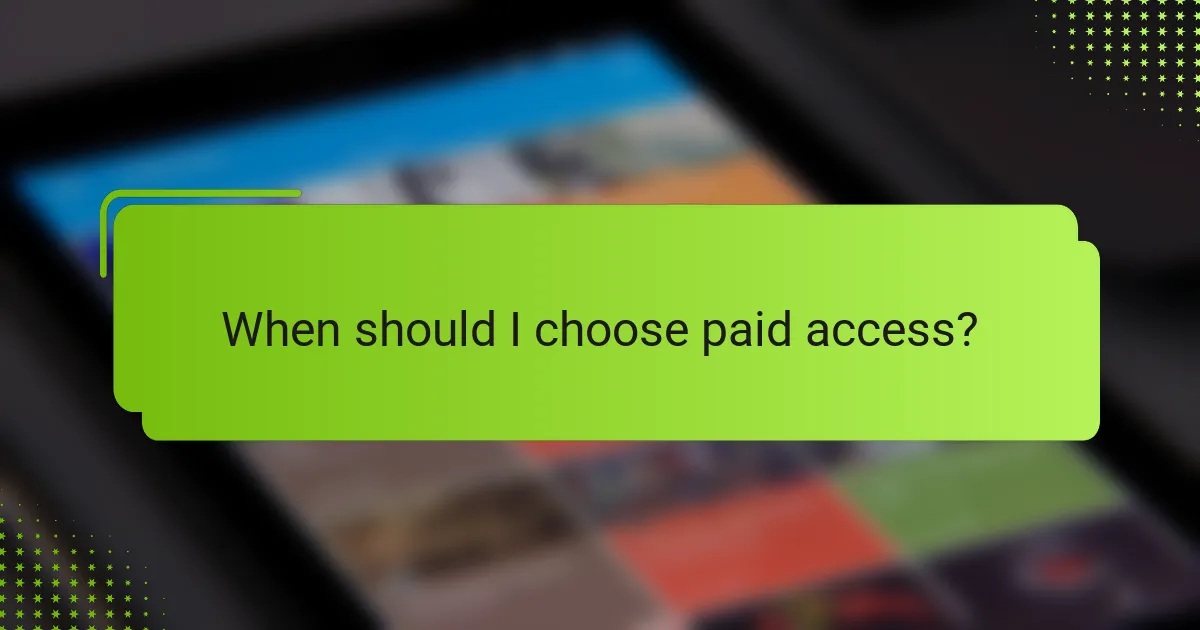
When should I choose paid access?
Choosing paid access is ideal when you require consistent, reliable service and advanced features. Paid options often provide enhanced performance, better support, and access to exclusive resources that can significantly benefit your work or projects.
Frequent use
If you plan to use a service regularly, paid access can offer better value. Subscriptions often come with unlimited usage or higher limits compared to free versions, which may restrict access after a certain threshold. For instance, if you need to download large datasets or run multiple queries daily, a paid plan can save you time and frustration.
Consider your usage patterns; if you find yourself hitting limits on a free plan frequently, it may be time to invest in a paid option. This ensures uninterrupted access and can enhance productivity.
Professional needs
For professionals who rely on specific tools for their work, paid access is often essential. Many industries require compliance with standards that free services may not meet, such as data security or customer support. Paid plans typically offer better service-level agreements (SLAs) and dedicated support, which can be crucial for business operations.
Evaluate your professional requirements carefully. If your work involves sensitive data or demands high reliability, opting for a paid service is a prudent choice.
Access to premium tools
Paid access often unlocks advanced features and tools that are not available in free versions. These may include enhanced analytics, automation capabilities, or integrations with other software that can streamline your workflow. For example, a marketing professional might benefit from advanced analytics tools that help optimize campaigns.
When considering a paid plan, assess which premium tools align with your goals. A small investment can yield significant returns in efficiency and effectiveness, especially if those tools directly support your objectives.
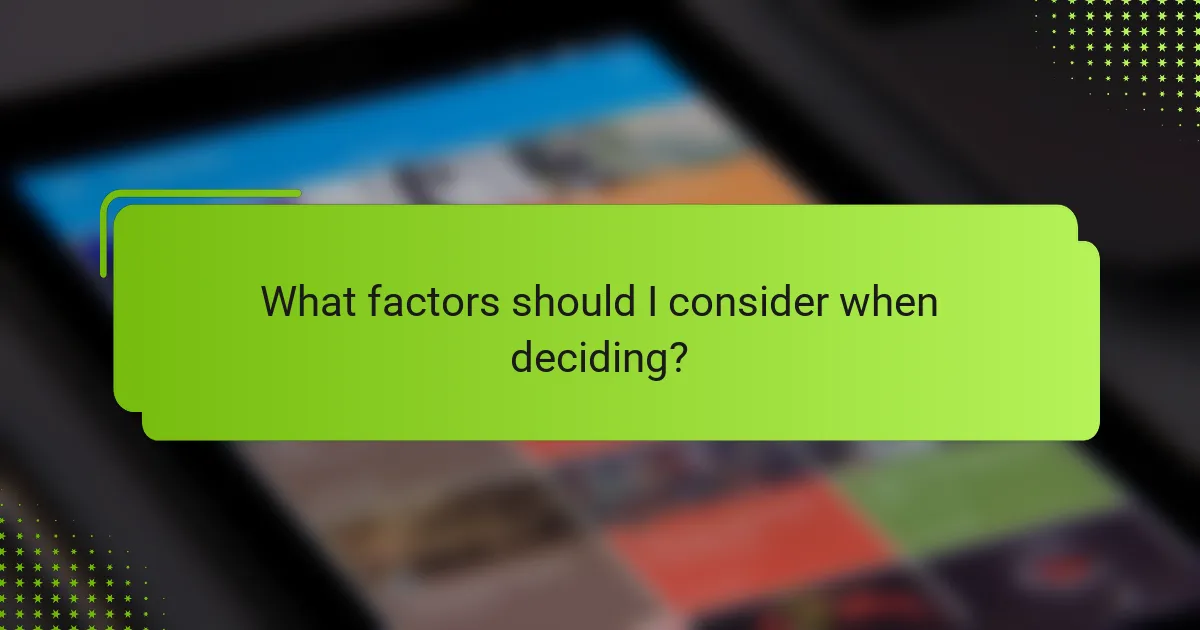
What factors should I consider when deciding?
When deciding between free and paid access, consider factors such as the quality of content, available features, and your specific needs. Free access often comes with limitations, while paid options typically offer enhanced benefits and support.
Quality of Content
The quality of content can vary significantly between free and paid access. Free resources may lack depth, accuracy, or regular updates, while paid services often provide well-researched, high-quality material. For instance, a paid subscription to a reputable journal usually ensures access to peer-reviewed articles, which are more reliable than many free online sources.
Features and Functionality
Paid access often includes additional features that enhance user experience, such as advanced search options, offline access, or exclusive tools. For example, a paid educational platform might offer interactive quizzes and personalized feedback, which are typically absent in free versions. Evaluate what features are essential for your use case to make an informed choice.
Cost vs. Value
Assessing the cost versus the value of paid access is crucial. While free options may seem appealing, they can lead to wasted time if the content is not useful. Consider how much you are willing to spend and what benefits you expect in return. A subscription costing around $10 to $30 per month might be justified if it saves you significant time or enhances your learning.
Your Specific Needs
Your specific needs play a vital role in this decision. If you require extensive research for professional purposes, investing in paid access may be worthwhile. Conversely, if you are casually exploring a topic, free resources might suffice. Identify your goals and how each option aligns with them to guide your choice.
Trial Periods and Free Versions
Many paid services offer trial periods or free versions, allowing you to evaluate their offerings before committing. Take advantage of these opportunities to assess whether the paid features meet your expectations. This approach helps you avoid unnecessary expenses while ensuring you make an informed decision.
